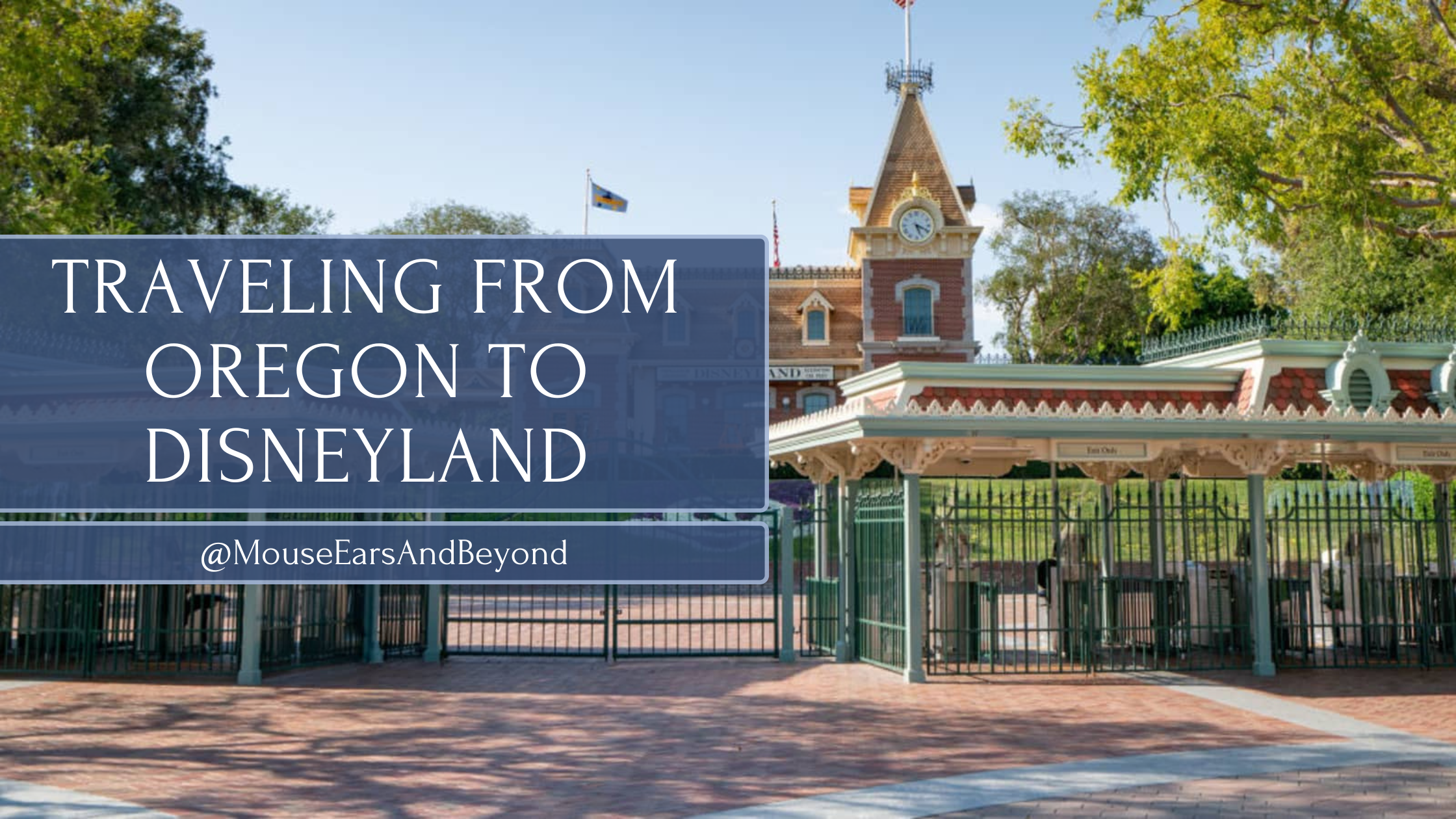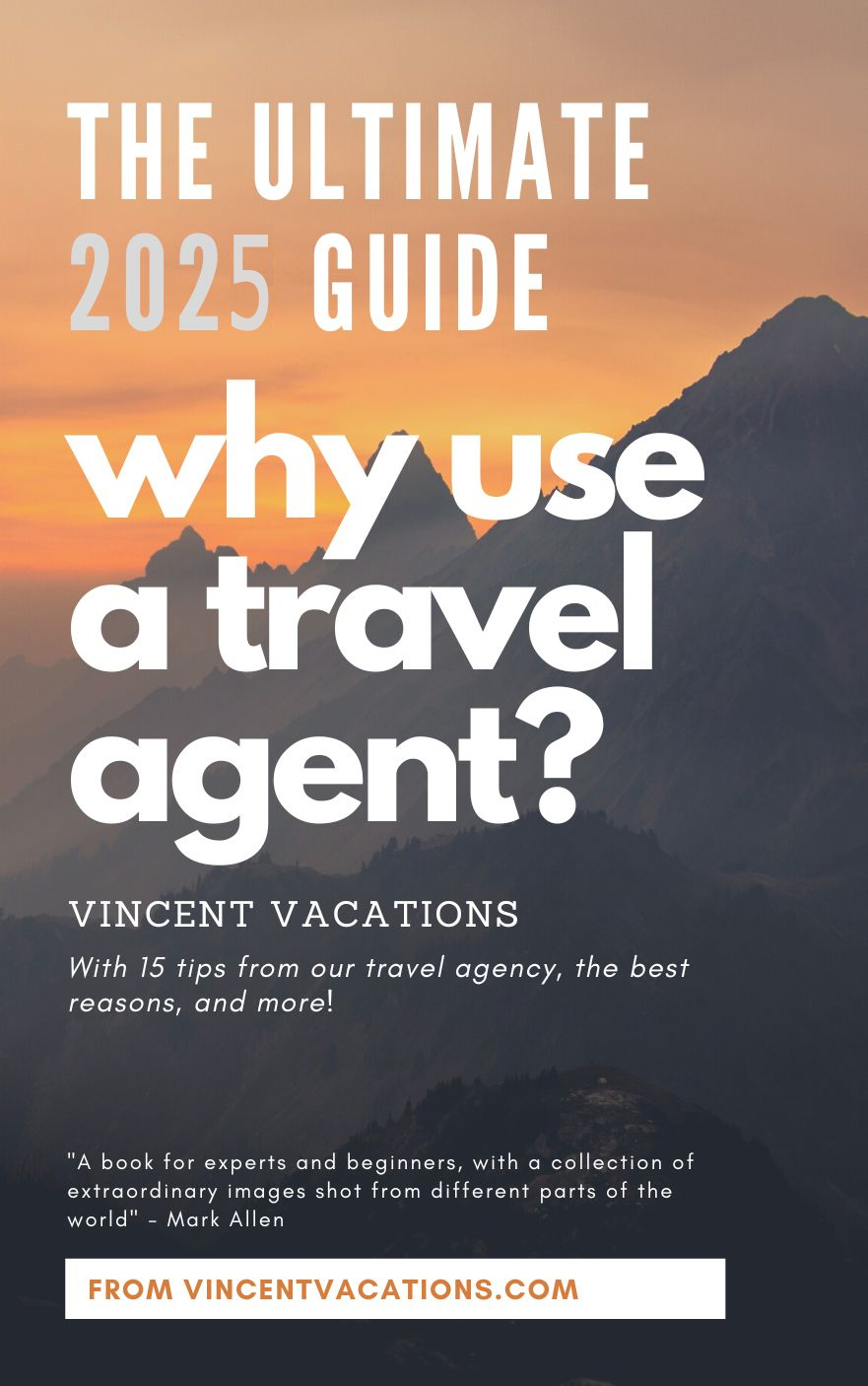
Portland, Oregon, lies on the northern border of the state at the confluence of the Willamette and Columbia rivers. Despite explosive growth in recent years, this area of the northwest has not wavered in its support of environmentalism.
Portland is referred to, justifiably, as one of the greenest cities in the U.S. Though it no longer has the most LEED-certified buildings (Leadership in Energy and Environmental Design, an environmental rating) per capita in the nation, Portland was named the first-ever Platinum-level Bicycle Friendly Community. Portland's bike-friendly development sense has led to a varied lane and trail network that connects all parts of the city, and it is the first city in the U.S. with a program that provides free bicycles, safety training, helmets, pumps, toolkits, rain gear, locks and maps to low-income residents.
The local food scene also supports ecofriendly practices—the fertile Willamette Valley provides many of the ingredients for area restaurants, from fast food to fine dining. The most prominent landmark in the area is Mount Hood, on the city's eastern horizon.
Portland residents and visitors have access to beautiful parks, unique neighborhoods, theaters, brewpubs and coffeehouses, and what is quite possibly the best bookstore in the world (Powell's). There's a burgeoning coffee and craft beer culture, and the city has always had a strong contingent of food trucks. You can also dine at restaurants that really know how to prepare fresh seafood, and you can hike up to 70 mi/113 km of nature trails—all within the Portland city limits.
While the city might not be for everyone—its slogan is "keep Portland weird"—but it isn't just offbeat shops and events. Portland features on most lists of "best places to live" in the U.S. because of its friendly atmosphere, its proximity to the coast and the mountains, and its temperate climate. It has one of the best public-transit systems in the country (100% bike- and wheelchair-accessible), and strict building codes have kept its historical architecture mostly intact.
Portland's careful urban planning has also set aside plenty of parkland, including a huge urban forest that dwarfs New York City's Central Park. With its progressive attitude and thriving cultural-arts scene, Portland attracts so many frequent visitors that more than a few decide to make it their home.
Best Travel Agents
Best Carnival Cruise Line Travel Agents and Deals
We are your premier destination for all things Carnival Cruise! As certified experts in Carnival Cruise Line travel, we pride ourselves on offering the best deals and personalized service to make your cruise vacation unforgettable.
Why Book Your Carnival Cruise with Us?
Certified Carnival Cruise Specialists: Our team holds all the official Carnival Cruise certifications, ensuring you receive expert advice and insider knowledge for your trip.
Exclusive Deals: We leverage our strong relationships with Carnival Cruise Line to bring you exclusive discounts and special offers you won’t find anywhere else.
Tailored Cruise Experiences: Whether you’re seeking a family adventure, a romantic getaway, or a fun-filled group trip, we customize your cruise itinerary to fit your needs perfectly.
Expert Shore Excursion Planning: Enhance your cruise with exciting shore excursions carefully selected to enrich your travel experience.
Dedicated Customer Support: From booking to boarding and beyond, our travel agents are here to assist you every step of the way.
Let us help you navigate the world of Carnival Cruises with confidence and ease. Contact us today to discover the best Carnival Cruise Line travel deals and start planning your dream vacation!
Must See or Do
Sights—The Washington Park International Rose Test Garden; the Portland Aerial Tram; Lan Su Chinese Garden; Multnomah Falls and the Columbia River Gorge; Mount Hood.
Museums—World Forestry Center Discovery Museum; Portland Art Museum; Oregon Museum of Science and Industry.
Memorable Meals—Portland City Grill for stunning city views and meals to match; Castagna for some of the most inspired fine-dining anywhere; Le Pigeon for a trend-setting Portland take on French cuisine; Andina for modern Peruvian in a fun setting; Pok Pok for a taste of chef Andy Ricker's famous Thai street food; KOi Fusion for a memorable bulgogi-beef burrito at a quintessential Portland food truck.
Late Night—Hanging with a hip crowd at Dig a Pony; quirky sweets at Voodoo Doughnut.
Walks—Hiking and exploring expansive Forest Park; walking along the Eastbank Esplanade; strolling through Hoyt Arboretum; taking in the view of the Cascade Mountains from the serene Japanese Garden in Washington Park.
Especially for Kids—Hands-on exhibits at the Portland Children's Museum; exotic wildlife at the Oregon Zoo; rides at Oaks Amusement Park; a rainy day at Ground Kontrol Classic Arcade.
Geography
Although it's considered a West Coast city, Portland is not on the Pacific coast—it is about 70 mi/110 km east of the ocean, on the eastern side of the Coast Range mountains. The Columbia and Willamette (pronounced wil-LAM-et) rivers define the town. The Willamette is crossed by 12 bridges within the city limits, giving rise to one of Portland's nicknames—Bridgetown. The Columbia forms the city's northern limit.
Portland is composed of many neighborhoods, with addresses defined by a five-section system. The city is geographically broken up into the Southwest, Northwest, Northeast, Southeast and North sections. An address alone is usually enough to give you a good idea where a site is located. The east-west divider is the Willamette River; the north-south boundary is Burnside Avenue. Therefore, an address such as 1300 N.E. Halsey would lie in the Northeast section—north of Burnside and east of the river.
The numbered avenues also point you in the right direction: They run north-south and lie on both sides of the Willamette, increasing in number as you move away from the river.
Downtown proper is in the Southwest section. It's between Burnside Avenue, the Willamette and Interstate 405. Downtown and less-central parts of Southwest boast the greatest range of sightseeing, shopping and entertainment venues.
Just north of downtown is the chic and rapidly up-and-coming area known as the Pearl District. It is located in the Northwest section of Portland, which offers troves of restaurants and boutique shopping options, especially on N.W. 21st and 23rd avenues.
The eastern side of the city used to be an endless urban sprawl with countless hidden neighborhoods. Today, the Hawthorne, Alberta, Division/Clinton and Sellwood neighborhoods are well defined. The Hawthorne neighborhood is often compared to San Francisco's Haight Street for its vibrant artistic and hipster communities; the Alberta neighborhood is known for its collection of boutique shops, great restaurants and art community; Division/Clinton has many of the city's most renowned restaurants, including Pok Pok, all on one street; and Sellwood offers excellent antiques shopping. You won't find many sights in these areas—only cultural experiences.
North Portland is home to the trendy and artistic Mississippi Neighborhood.
Mount Hood, visible from many parts of Portland, is the highest peak in Oregon at 11,295 ft/3,501 m. It's part of the Cascade Range, which is about 60 mi/95 km east of the city. The Columbia flows through these mountains in the Columbia River Gorge, a scenic and recreational wonderland.
History
Portland's setting on the Columbia River has always been the key to its appeal. The region's natural abundance allowed the Native Americans who inhabited the area, including the Chinook, Watlala and others, to develop a rich culture. And it was the river that first drew European explorers to the area, as well.
The Lewis and Clark expedition floated down the Columbia River in the autumn of 1805, and the Hudson's Bay Company established Fort Vancouver just across the Columbia from present-day Portland in the 1820s. Beginning in the 1840s, tens of thousands of settlers from the eastern U.S. poured over the Oregon Trail. They soon recognized that the point where the Willamette River met the Columbia had good potential as a port city.
It got its name when two East Coast founders—one from Boston and the other from Portland, Maine—flipped a coin to determine which hometown would be honored. The famed coin, known as the Portland Penny, is still on display at the Oregon Historical Society in town.
Growth in the early years was spectacular, with Portland rivaled in the west only by post-gold-rush San Francisco. By the turn of the 20th century, however, Portland was being overshadowed as a port by both San Francisco and Seattle.
Portland's growth was led by Henry J. Kaiser, who facilitated the construction of two Columbia River dams. The 150,000 workers he recruited to the resulting shipyards played a major role in the city's growth.
Fishing and timber became the city's main businesses, but their good fortunes were not to last. Fish stocks had been all but depleted by the time the last dams went up on the Columbia in the 1950s. In the 1970s, the timber industry crashed, and Portland became a rather sleepy river town.
Since the 1980s, the city has seen remarkable growth. Low housing prices and favorable business conditions drew people and industry from California and the East Coast, including many computer-related companies. Yet the growth wasn't willy-nilly as it was in some Internet boomtowns. Progressive initiatives kept a handle on growth and insisted upon livability for the city's residents.
Well established as a progressive, independent and green city, Portland has become increasingly popular with entrepreneurs as well as corporations such as Nike and Daimler Trucks North America holding significant operations there.
Potpourri
More people bicycle to work in Portland than in any other city in the U.S., according to the U.S. Census Bureau.
Portland is considered the craft-beer capital of the world, with more than 50 breweries in the city limits, more than any other U.S. city. The annual Oregon Brewers Festival, held each summer, is the largest gathering of independent brewers in North America.
Portland is home to the smallest park in the world, according to Guinness World Records. Mill Ends Park is just 2 ft/1 m across. Over the years, landscaping and miniature additions have made it a quirky city darling.
Portland is also home to Forest Park, the largest urban park in the U.S. It has more than 5,000 acres/2,023 hectares of forest.
There are about 72,000 personalized bricks in Pioneer Courthouse Square. Try to find the one bought in honor of Elvis Presley.
Portland gets about 36-44 in/91-112 cm of rainfall a year, which is less than Seattle, New Orleans, Miami or Mobile, but it is still one of the rainiest cities in the U.S.
Nicknames for Portland include City of Roses, Stumptown (a reference to its logging past), PDX (its airport code) and Bridgetown.
Location
A working waterfront, the Portland harbor is a heavily-polluted 10-mi/16-km stretch of the Willamette River that flows through the heart of the Rose City. A river barge system and goods gateway, the harbor exports the most wheat in the U.S. Although the EPA, in conjunction with the city and state, has allocated more than US$1 billion to clean up affected areas, the project could take up to 13 years to complete.
Although Portland is the beginning and end point for a handful of small cruise companies, it is not big enough to support large cruise ships and offers no cruise terminal facilities.
Visitors who want to view Portland by water will enjoy day trips along the Columbia and Willamette rivers. A variety of dining, day and specialty cruises are available.


































